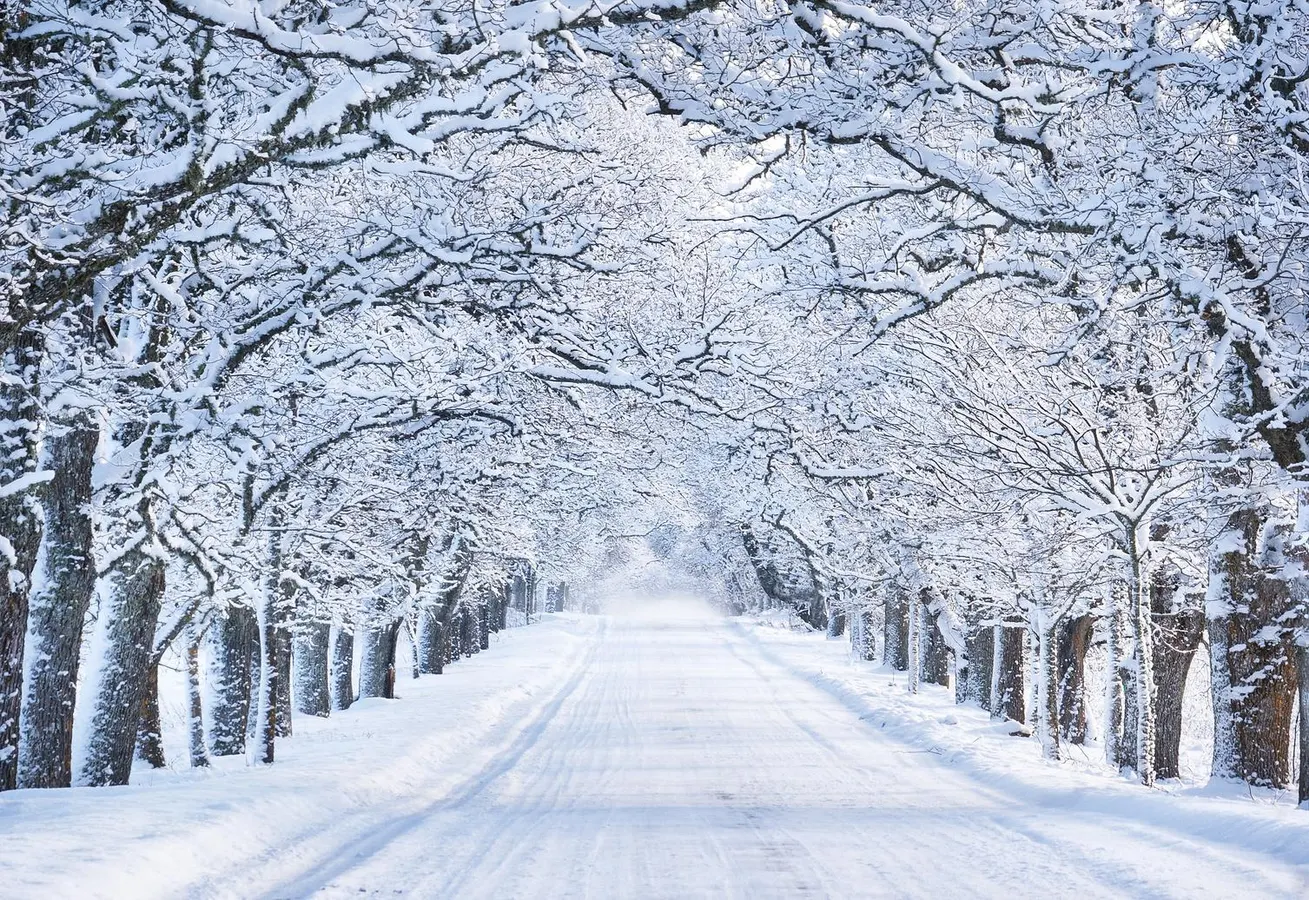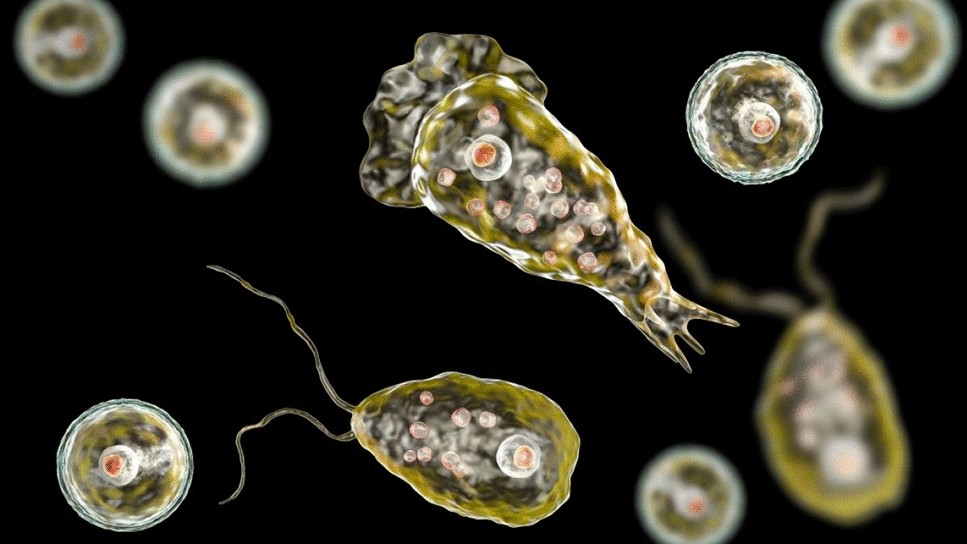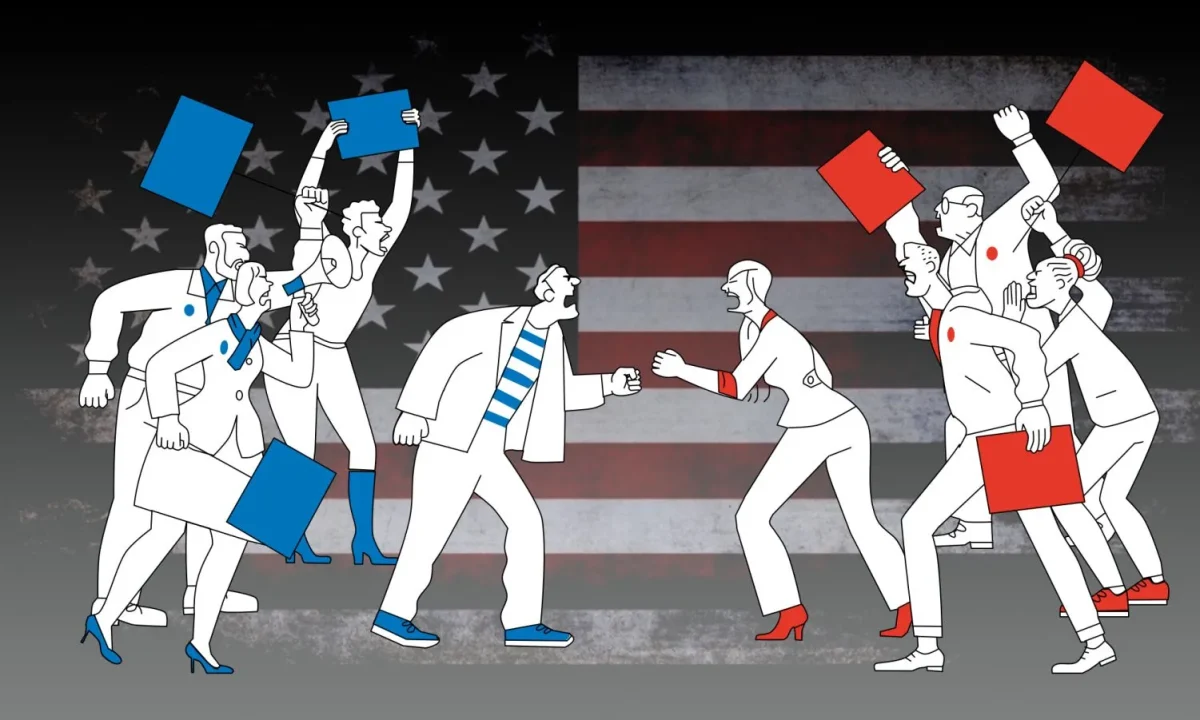My mom constantly reminds me that “[she] used to actually get snow in Texas as a kid.” It used to baffle me; I’m a Texas native—why do I rarely ever see snow? I mean, we’ve gotten some in the last 4 or so years, but why is it so inconsistent?
What exactly is snow?
Snow is a form of precipitation made through a series of processes that combine chemistry, meteorology, and physics. Now, we all know that clouds are made up of minute molecules of water; there’s a process called deposition that causes water vapor in clouds where the temperature is below freezing (32॰F or 0॰C) to bypass the liquid phase and condense directly into ice. As ice crystals form, water vapor is continuously attaching to the form, developing a six-sided—or hexagonal—snowflake form. The humidity and temperature of the cloud also plays a part in the complexity of the snowflake with high humidity creating more intricate, branched shapes, and low humidity creating simpler shapes. There are also different types of snow; powdery snow forms when the air is cold and dry, wet snow forms when the temperature is closer to freezing, and sleet (the worst, in my opinion) forms when snow partially melts and then refreezes before reaching the ground. Once snowflakes get heavy enough, they fall to the ground. If the temperature of the air where they fall is below freezing, they’ll stay intact, but if it is warmer, they may melt into rain before hitting the ground.
So… Why don’t we get any?
Everyone knows Texas as one of the hottest states among our 50—with summer heat reaching the 100s in the past few years—and it can be attributed to our close proximity to the Equator and the Gulf of Mexico. Since Texas is so close to the Equator, it receives much more direct sunlight throughout the year, which increases the overall temperature. With that, most of Texas is flat land and it allows warm air from the Gulf to roll in, so the lack of elevation limits cooling effects we can see from the mountainous regions. Despite all this, as I mentioned before, my mom is always talking about the snow she experienced as a child over 30 years ago.
Well, the simple answer is climate change; due to increased greenhouse gas emissions, the average global temperatures have risen over the past few decades. This, of course, gives us a lower chance of snow. The polar jet stream—which guides cold Arctic air southward—has also become less stable due to climate change. This usually results in cold air to be “locked” in northern areas, as opposed to traveling far enough to reach Texas at a consistent rate. Beyond the obvious, the upward trend of urbanization in Texas cities also plays a part. Asphalt, concrete, and reduced vegetation all trap heat, making our cities warmer than 30 years ago.
Realistically, Texas’s winter weather as a whole is a bit unpredictable, but, if we see snow, we usually see it by mid-January. In fact, North Texas saw a bit of snow a couple weeks into 2025.
While Texas may rarely wake up to a magical, white blanket of snow in these slow-moving winter mornings, the rare moments of frosty fields hold a special place in our hearts. As our planet continues to grow warmer, those memories of snow-full days remind us of the truly delicate and unpredictable nature of our weather. Snow may not be a frequent flyer in Texas, but it is a refreshing reminder of the many marvels of the world.










